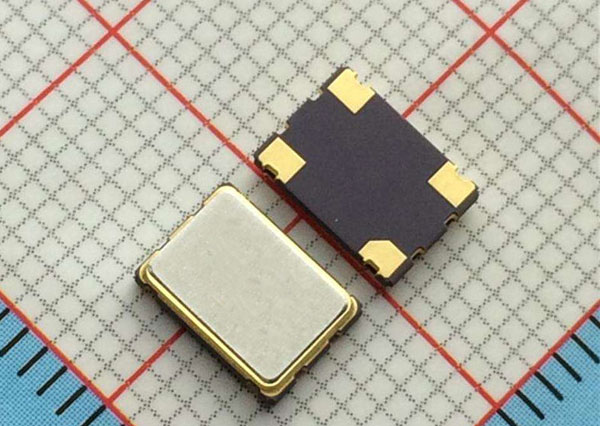1. Distinguish between passive crystal oscillator and active crystal oscillator in terms of material
Crystal oscillators can be divided into two categories, quartz crystal oscillators and ceramic crystal oscillators, from the material, and subordinate crystal oscillators can be divided into passive crystal oscillators and active crystal oscillators. Quartz crystals and ceramic crystals are very conducive to distinguishing from the appearance, after all, they are two completely different materials. The passive crystal oscillator and the active crystal oscillator are sometimes silly and unclear. Especially for 2520 SMD crystals, 3225 SMD crystals, 5032 SMD crystals and four-pin packaged quartz crystals, there are both passive crystals and active crystals. From the appearance alone, we are very distinguish. So today, Ruitai Electronics has carefully sorted out how to correctly identify passive crystal oscillators and active crystal oscillators.

Passive crystal oscillators are also called resonators. The pins of crystal oscillators are usually pin 2 and pin 4. Passive crystal oscillators need to use an external circuit to vibrate in the circuit, and they cannot be vibrated by themselves. Passive crystal oscillators have plug-in shapes and patch shapes, such as the 32.768KHZ cylindrical crystals we often see, or 49/S crystal packaging, 49/U crystal packaging, ceramic two-pin, three-pin plug-in packaging; The more common chip crystal oscillators are the 3215 chip crystal oscillator package series, or the 3225 chip crystal oscillator two-pin four-pin package.
Active crystal oscillators are also called oscillators. The difference between active crystal oscillators and passive crystal oscillators is that the active crystal oscillator itself can oscillate without the use of external circuits, because there is an oscillator inside its own structure. The active crystal oscillator is composed of a quartz crystal plus an oscillator. The active crystal oscillator does not need the internal oscillator of the DSP, the signal quality is good, relatively stable, and the connection method is relatively simple, and no complicated configuration circuit is required. However, such a high-end active crystal oscillator also has its own shortcomings. Compared with a passive crystal oscillator, the signal level of an active crystal oscillator is fixed, and a suitable output level needs to be selected. The flexibility is poor and the price is high. Above four pins, including four-pin SMD crystal oscillators, are all active crystal oscillators. Here, with the definition of passive crystal oscillators, 2-pin crystal oscillators and 4-pin crystal oscillators are passive crystal oscillators. Therefore, what we need to figure out is whether the four-pin chip crystal oscillator is a passive crystal oscillator or an active crystal oscillator. We will discuss and share with you today.
The front of the active crystal oscillator usually has a dot as a mark. Most of the dots of the active crystal are located at the bottom left, and the position of the dot is pin 1. The counterclockwise pin positions are respectively 2, 3, 4. The connection method is: pin 1 is floating, pin 2 is grounded, pin 3 is output, and pin 4 is voltage. There is no small dot mark on the passive crystal surface.
Passive crystal oscillators are divided into plug-in packaging and SMD packaging. Active crystal oscillators are no exception, but the plug-in packaging of active crystal oscillators is mostly square.







